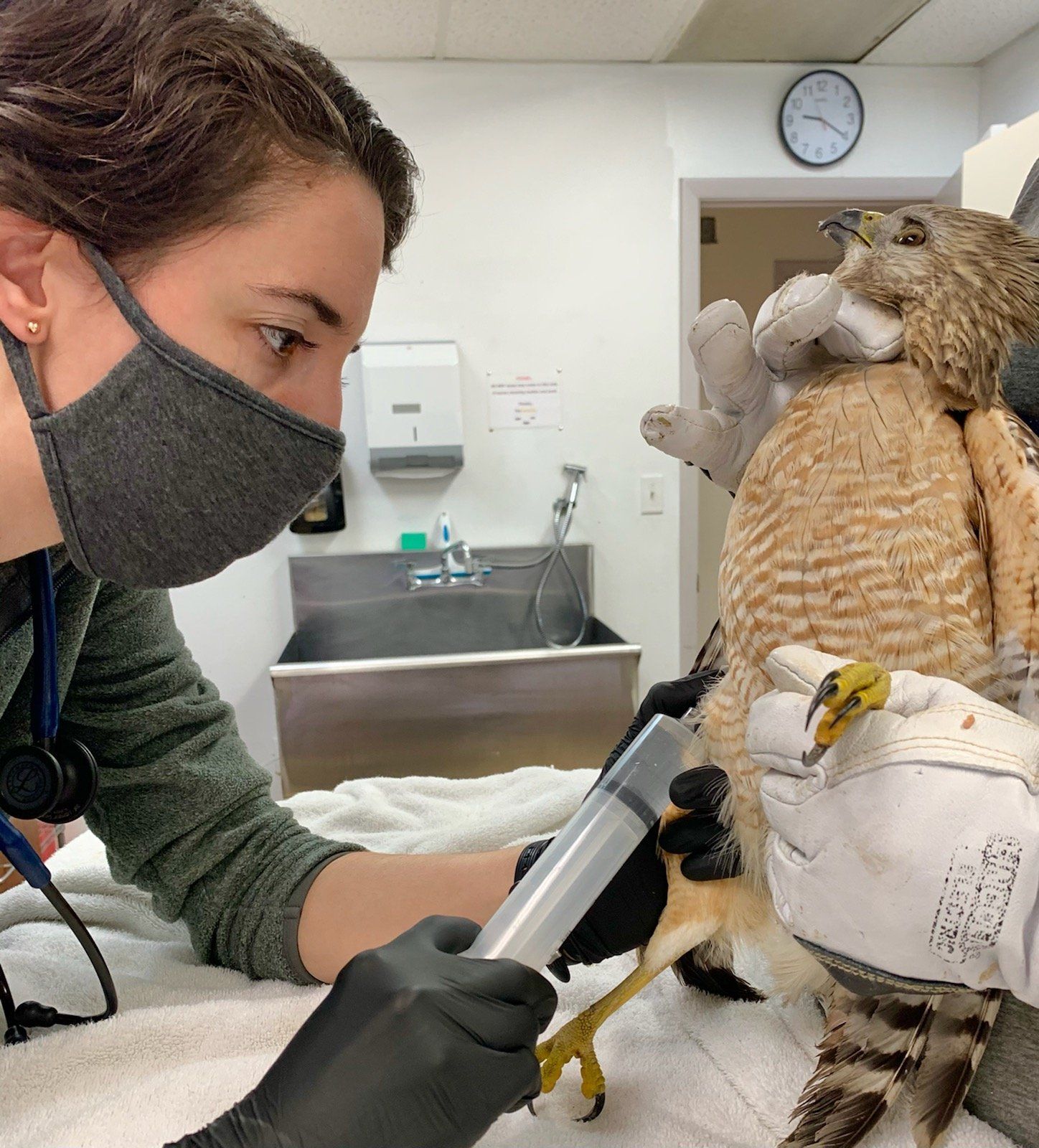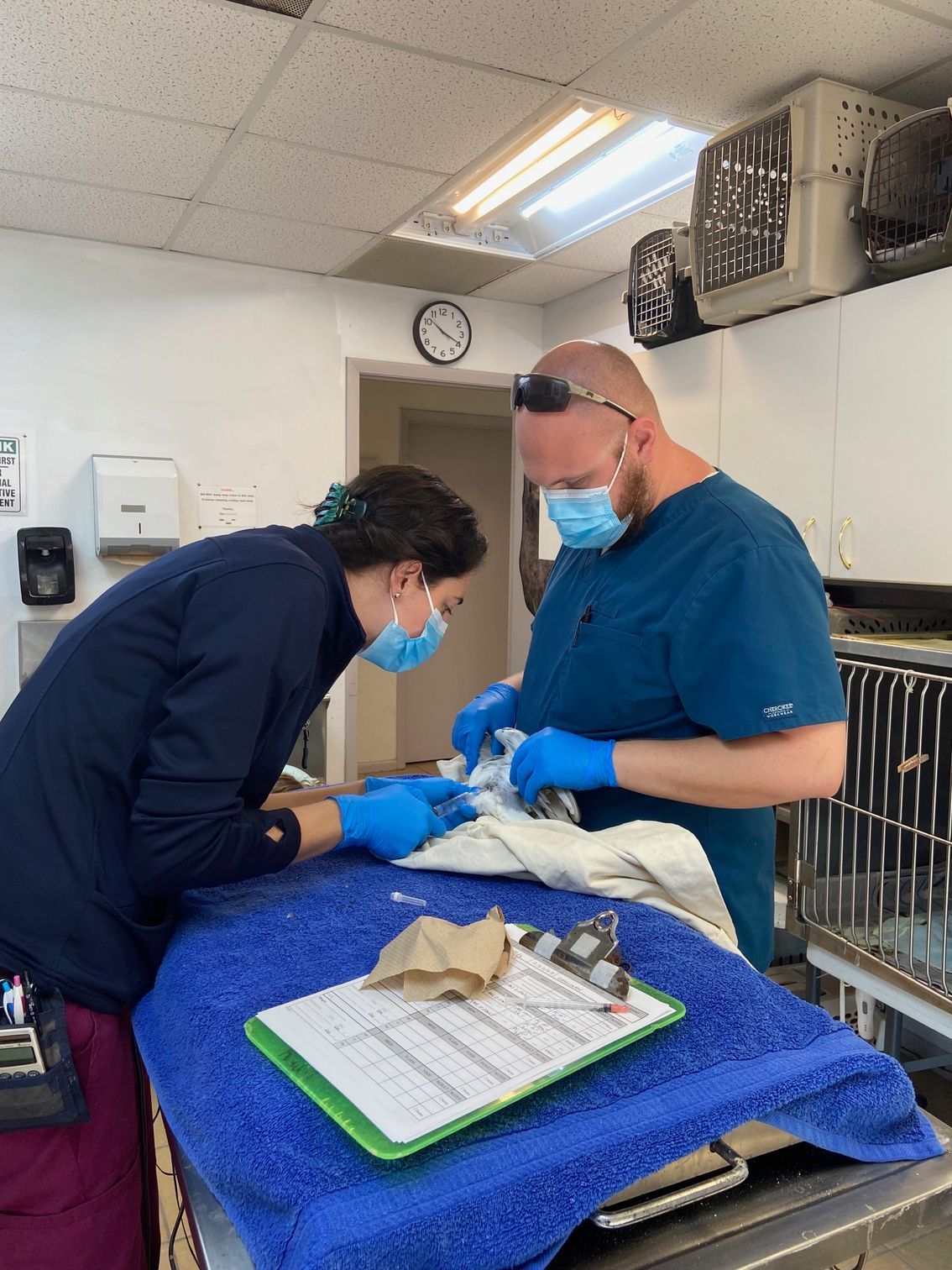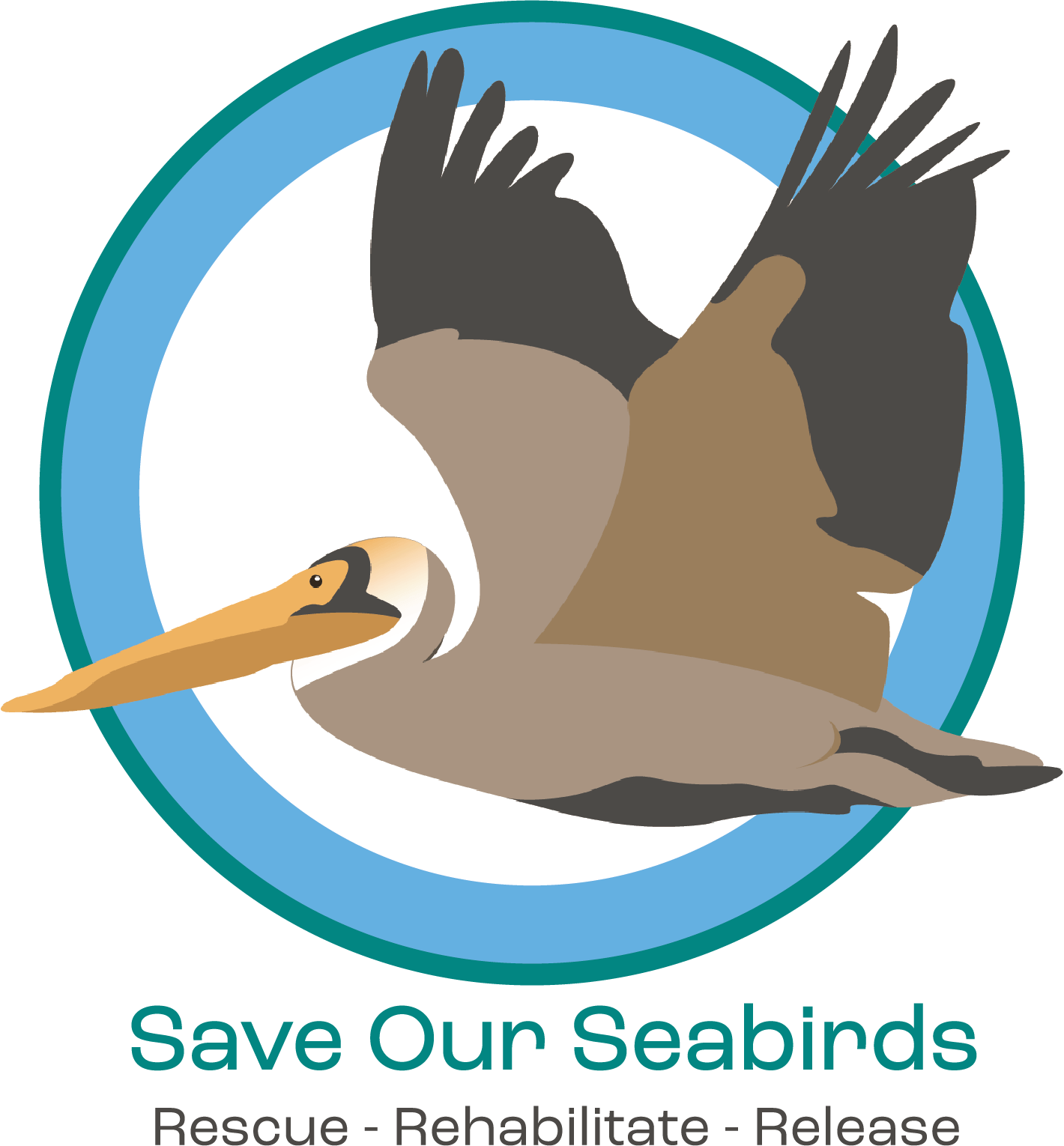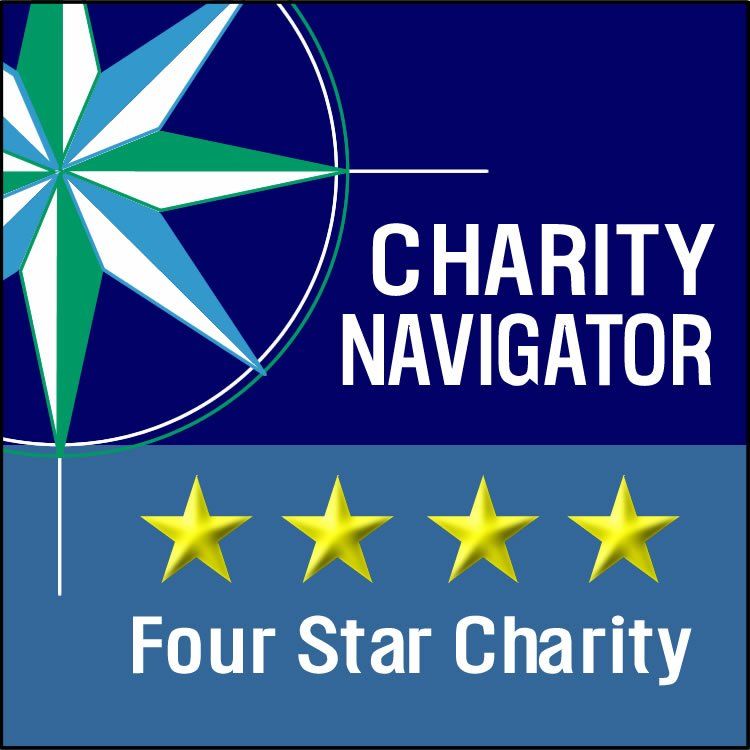Rescue - Rehabilitate - Release -
The Mission of Save Our Seabirds
We are committed to the RESCUE and REHABILITATION of sick and injured birds, with the goal of being able to RELEASE them back to into their natural habitats.
We also have 100+ "resident" birds who couldn't be released due to their injuries. We use their stories to educate the public about avian conservation.


Our Avian Hospital is Here for All
We are the ONLY organization in Southwest Florida that does everything that we do:
- We respond to over 5,000 bird rescue calls per year.
- We host over 25,000 visitors in our Wild Bird Learning Center each year.
- We offer four fully-accredited field trips that are age-appropriate for students in grades K-2, 3-5, 6-8, and 9-12.
- We provide summer camps all season long.
- We offer a rigorous internship program that hosts college interns throughout the year.


